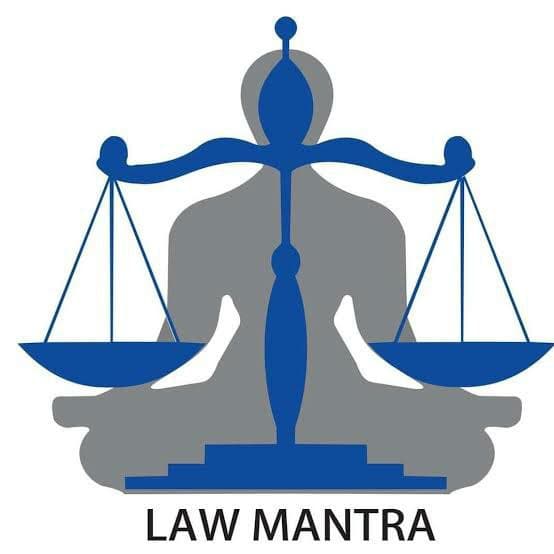BENCH: P. N. BHAGWATI, C.J.I., RANGANATH MISRA, G. L. OZA, M. M. DUTT AND K. N. SINGH, JJ.
FACTS:
M.C. Mehta case is the famous tort law case which brought in the principle of absolute liability. Shriram Food and Fertilizer Industry, a subsidiary of Delhi Cloth Mills Limited, was engaged in the manufacture of dangerous chemical. On December 1985, large amounts of oleum gas leaked form one of the units in the heart of Delhi which resulted in the death of several persons. The leakage, resulted from the bursting of a tank containing oleum gas, was caused by mechanical and human errors. It created a scare among the people residing nearby and within two days, another leakage, a minor one, broke out as a result of oleum gas escaping from the joints of a pipe.
On 6thDecember 1985, the District Magistrate,Delhi ordered Shriram to stop the manufacturing and processing of hazardous chemicals and fertilizers at their establishment in Delhi and to remove such chemicals and gases from Delhi.At this particular point, M.C. Mehta moved to Supreme Court to file PIL and claim for compensation for the losses caused and also demanded that the closed establishment should not restart.
ISSUE:
Whether article 21 was available against Shriram and whether Shriram owned by Delhi cloth Mlls ltd. Public co. Comes within the meaning of state under the article 12?
JUDGMENT:
The Supreme Court held that Shriram is required to obtain a license under the Factories Act and is subject to the directions and orders of the authorities under the Act. It is also required to obtain a license for its manufacturing activities from the Municipal authorities under the Delhi Municipal Act, 1957. It is subject to extensive environment regulation under the Water (Prevention and Control of Pollution) Act, 1974 and as the factory is situated in an air pollution control area, it is also subject to the regulation of the Air (Prevention and Control of Pollution) Act, 1981. It is true that control is not exercised by the Government in relation to the internal management policies of the Company.
J.Bhagwati thereafter stated that, “We in hold our hands back and I venture to evolve a new principle of liability which English Courts have not done. We have to develop our own law and if we find that it is necessary to construct a new principle of liability to deal with an unusual situation which has arisen and which is likely to arise in future on account of hazardous or inherently dangerous industries which are concomitant to an industrial economy, there is no reason why we should hesitate to evolve such principle of liability merely because it has not been so done in England. We are of the view that an enterprise which is engaged in a hazardous or inherently dangerous industry which poses a potential threat to the health and safety of the persons working in the factory and residing in the surrounding areas owes an absolute and non-delegable duty to the community to ensure that no harm results to anyone on account of hazardous or inherently dangerous nature of the activity which it has undertaken. The enterprise must be held to be under an obligation to provide that the hazardous or inherently dangerous activity in which it is engaged must be conducted with the highest standards of safety and if any harm results on account of such activity, the enterprise must be absolutely liable to compensate for such harm and it should be no answer to the enterprise to say that it had taken all reasonable care and that the harm occurred without any negligence on its part. Since the persons harmed on account of the hazardous or inherently dangerous activity carried on by the enterprise would not be in a position to isolate the process of operation from the hazardous preparation of substance or any other related element that caused the harm the enterprise must be held strictly liable for causing such harm as a part of the social cost for carrying on the hazardous or inherently dangerous activity.
CONCLUSION:
If the enterprise is permitted to carry on an hazardous or inherently dangerous activity for its profit, the law must presume that such permission is conditional on the enterprise absorbing the cost of any accident arising on account of such hazardous or inherently dangerous activity as an appropriate item of its overheads. Such hazardous or inherently dangerous activity for private profit can be tolerated only on condition that the enterprise engaged in such hazardous or inherently dangerous activity indemnifies all those who suffer on account of the carrying on of such hazardous or inherently dangerous activity regardless of whether it is carried on carefully or not. The Court also pointed out that the measure of compensation in the kind of cases referred to must be correlated to the magnitude and capacity of the enterprise because such compensation must have a deterrent effect. The larger and more prosperous the enterprise, greater must be the amount of compensation payable by it for the harm caused on account of an accident in the carrying on of the hazardous or inherently dangerous activity by the enterprise.
BY: PRIYANKA GANGWAR
